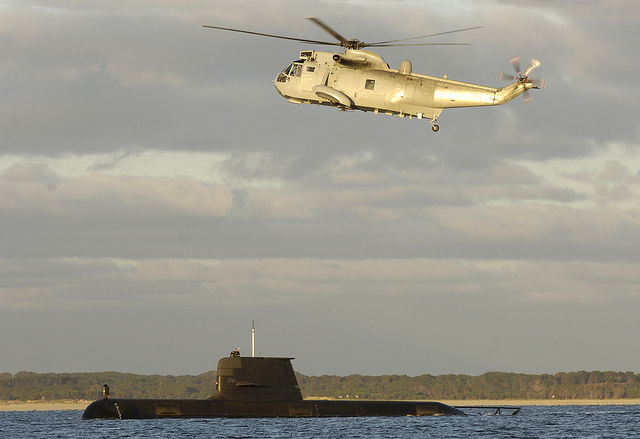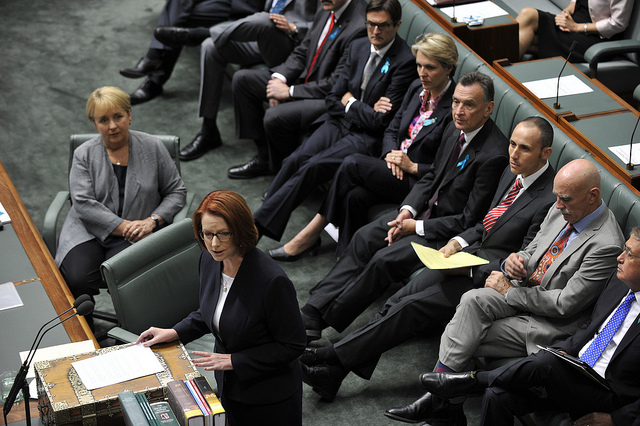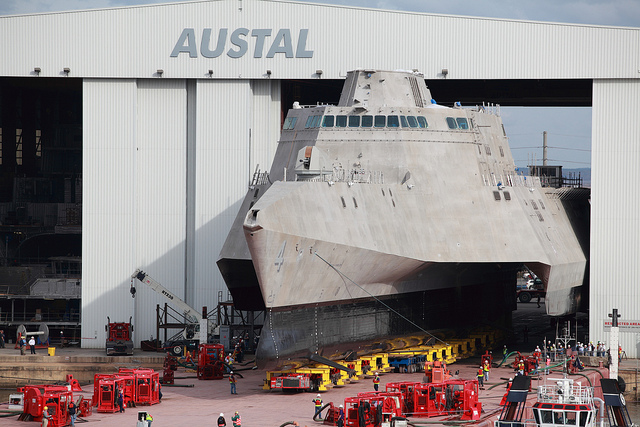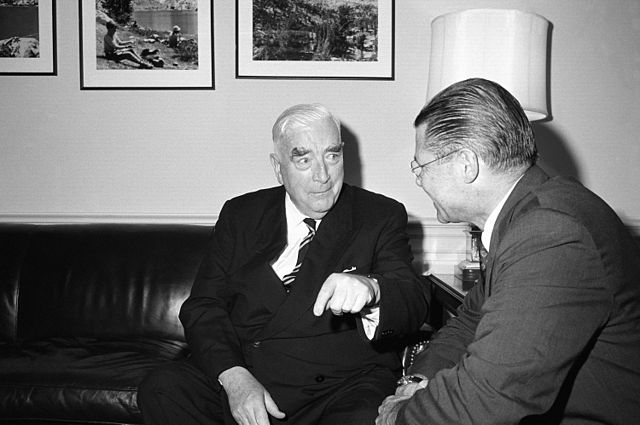Henny Youngman and Indonesian military reform: part I
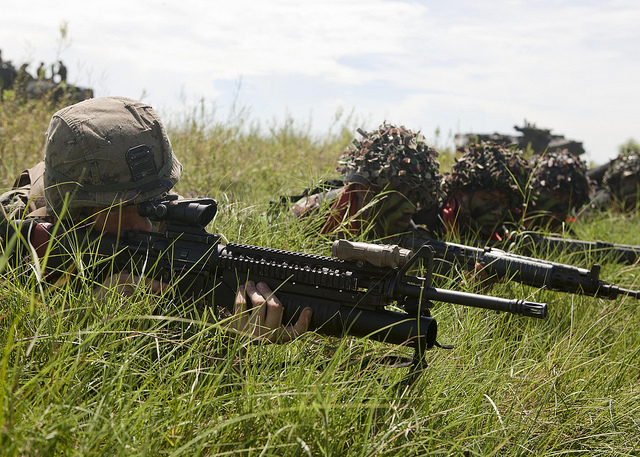 One of the routines of 1950s American stand-up comedian Henny Youngman was to have his sidekick ask: ‘So, Henny, how’s your wife?’ Youngman would face the audience, roll his eyes to the roof and fire back: ‘Compared to what?’
One of the routines of 1950s American stand-up comedian Henny Youngman was to have his sidekick ask: ‘So, Henny, how’s your wife?’ Youngman would face the audience, roll his eyes to the roof and fire back: ‘Compared to what?’
Many critics of post-New Order reform of Indonesia’s National Defence Forces (Tentara Nasional Indonesia, or TNI) could take a leaf from Youngman’s book of one-liners. Those who challenge the nature, extent and pace of TNI reform over the past 15 years mostly frame their judgments in absolute terms, unleavened by context or comparisons. The process of reform is viewed as an end in itself rather than a means of achieving the important goal of military professionalism. Those critics would do well to heed Youngman’s question; compared to what? Read more


